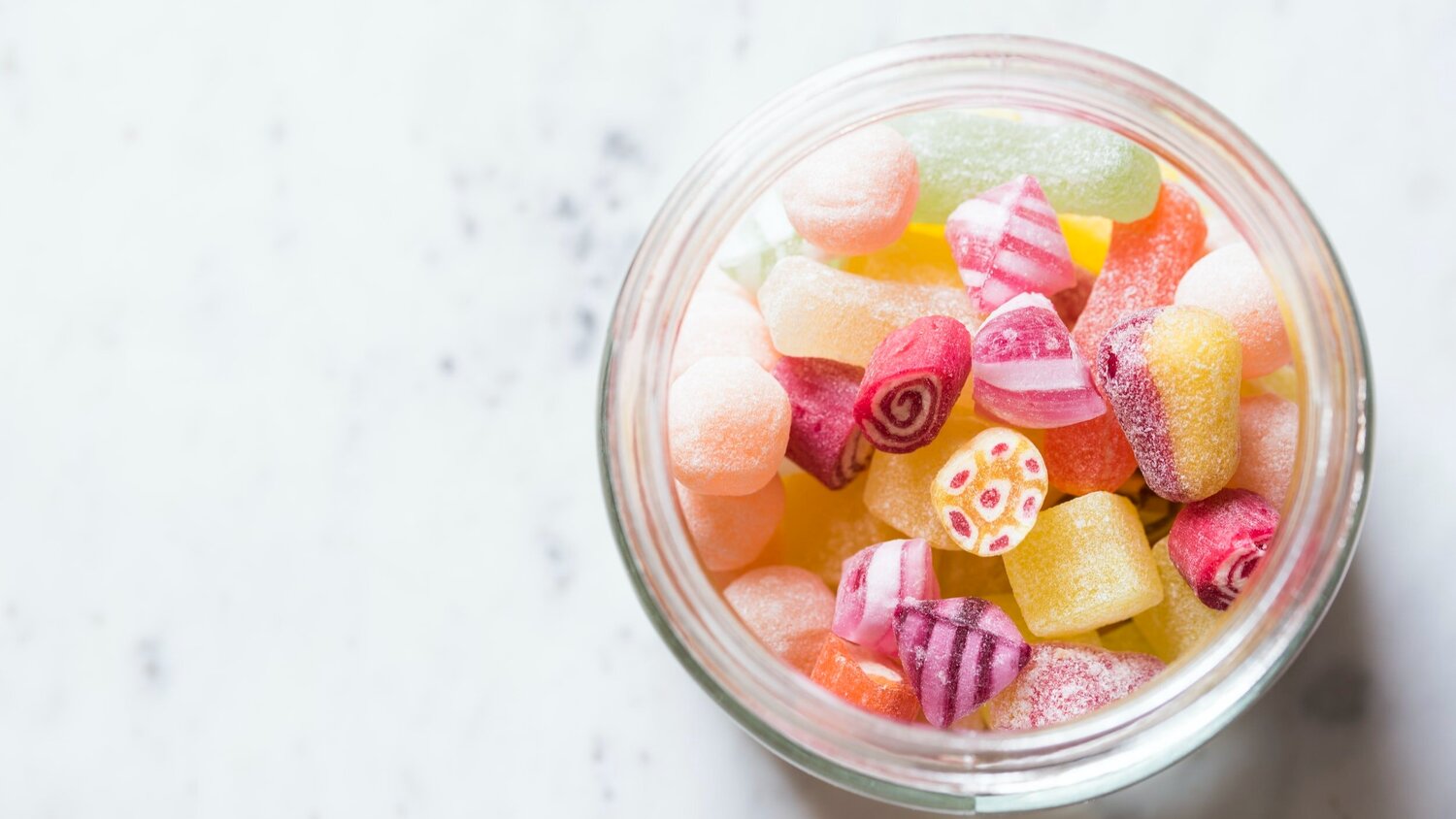
Have you ever heard of the term “sugar face”? I first heard it on a podcast with Dr. Nigma Talib who coined the popular term to describe the results that excess sugar consumption has on your face.
The skin is the most visual way to find out what’s going on inside your body. Disease and imbalances, inflammation, and inadequate nutrition will show up on your face and skin as irritation, puffiness, redness, acne, and premature aging.
Sugar, as we know, is a highly delicious yet highly addictive substance. You can also get it from your diet in many forms – natural sugars found in foods like fruits, from carbohydrates like potatoes, rice, and wheat that break down into glucose and simple sugars in the body, and from sugars that are added to foods. A small amount of naturally sourced sugar in your diet is necessary but consuming large amounts can be harmful. Evidence suggests that eating high amounts of sugar in your diet, especially added sugars and refined carbohydrates, causes inflammation in your body. Consistently eating a diet that is high in sugar over time results in chronic low-grade inflammation that is linked to diseases such as heart disease, fatty liver, and diabetes.
So, what role does sugar play in the appearance of our skin?
Consuming high amounts of sugar can show up on your skin as redness, reduced elasticity, dull-complexion, pronounced under eye bags and circles, and acne spots. As we know, low-grade inflammation in the body plays a role in the development of skin conditions such as acne, eczema, and hyperpigmentation but it can also affect our rate of aging. Sugar in the diet accelerates aging and promotes wrinkle formation by breaking down collagen. Sugar acts to cross-link collagen fibres which makes those fibres irreparable and produces advanced glycation end products as a result (ACE’s). This simply means that sugar renders collagen fibres ineffective. Collagen is important in keeping your skin looking and feeling taught and plump. Without abundant collagen, your skin is left looking sunken-in with more pronounced creasing and wrinkling.
Not only does the increase in inflammation result in a higher chance of developing acne, but sugar can also induce acne formation by increasing the production of testosterone in your body. Sugar acts by turning off the gene responsible for regulating the amount of testosterone and estrogen in your body – sex hormone binding globulin gene (SHBG). Without it, more testosterone and estrogen is freely released into the body. Testosterone causes your skin to increase in sebum production and can increase the appearance of pores resulting in oilier skin more susceptible to becoming clogged.
Tips and Tricks to reduce sugar in your diet
1. Choose low-sugar fruits
Fruits and their antioxidants are essential to promoting a clear and radiant complexion – so don’t cut them out entirely! Choose fruits that are lower in sugar for daily intake, such as blueberries, raspberries, and papayas, and save the fruits that are higher in sugar – like pineapples and bananas, for occasional consumption during the week.
2. Keep the added sugars to a minimum
Reduce the amount of additive sugars (those not naturally occurring) and the amount of overall sugars in your diet by limiting processed foods and sugary treats.
3. Choose complex carbohydrates and whole grains instead of simple, refined carbohydrates
Opt for whole grains like whole grain wheat, quinoa, and brown rice and complex carbohydrates like sweet potatoes instead of white pastas and breads, white rice, and white potatoes which can spike your blood sugar and interact with your skin.
4. Limit wine intake
Wine, being made from the fermentation of grapes, is loaded with natural sugars. This doesn’t mean you have to eliminate it all together. When shopping for wines, do your research beforehand to choose low sugar wines and when enjoying, stick to a maximum of 1 glass of wine per day. You can also opt to choose other low-sugar alcohol alternatives like clear spirits.
